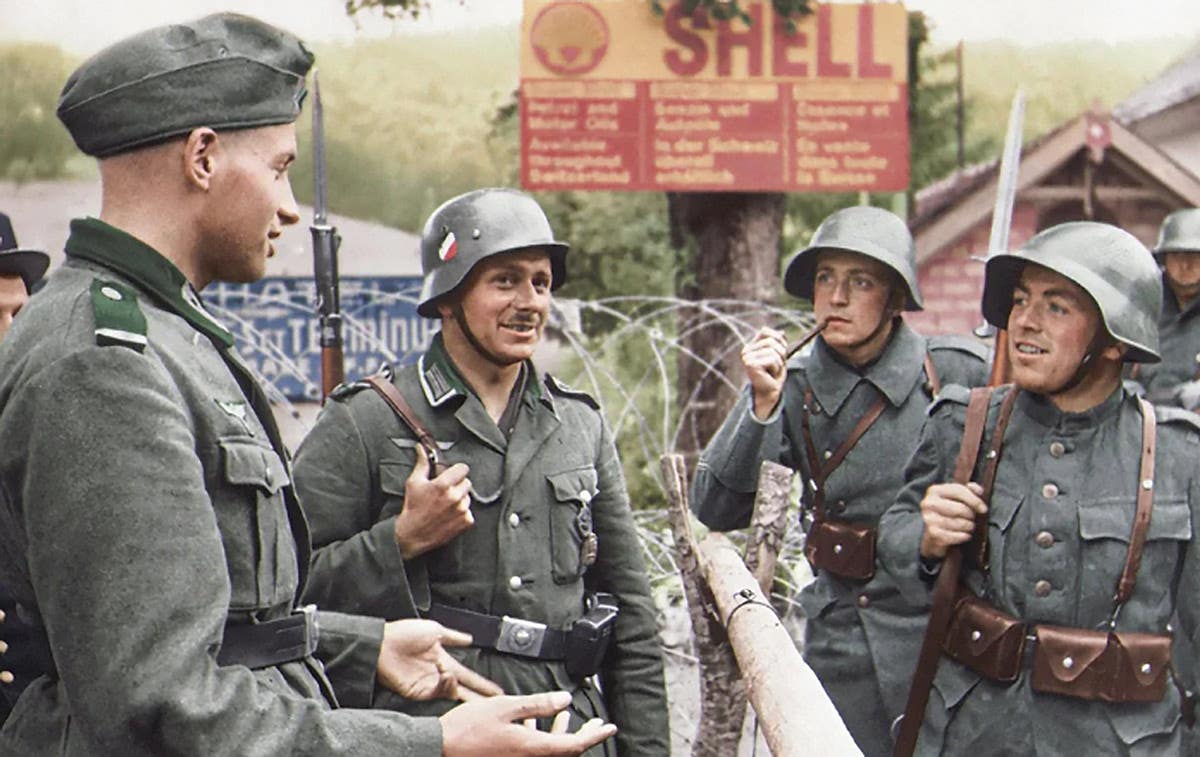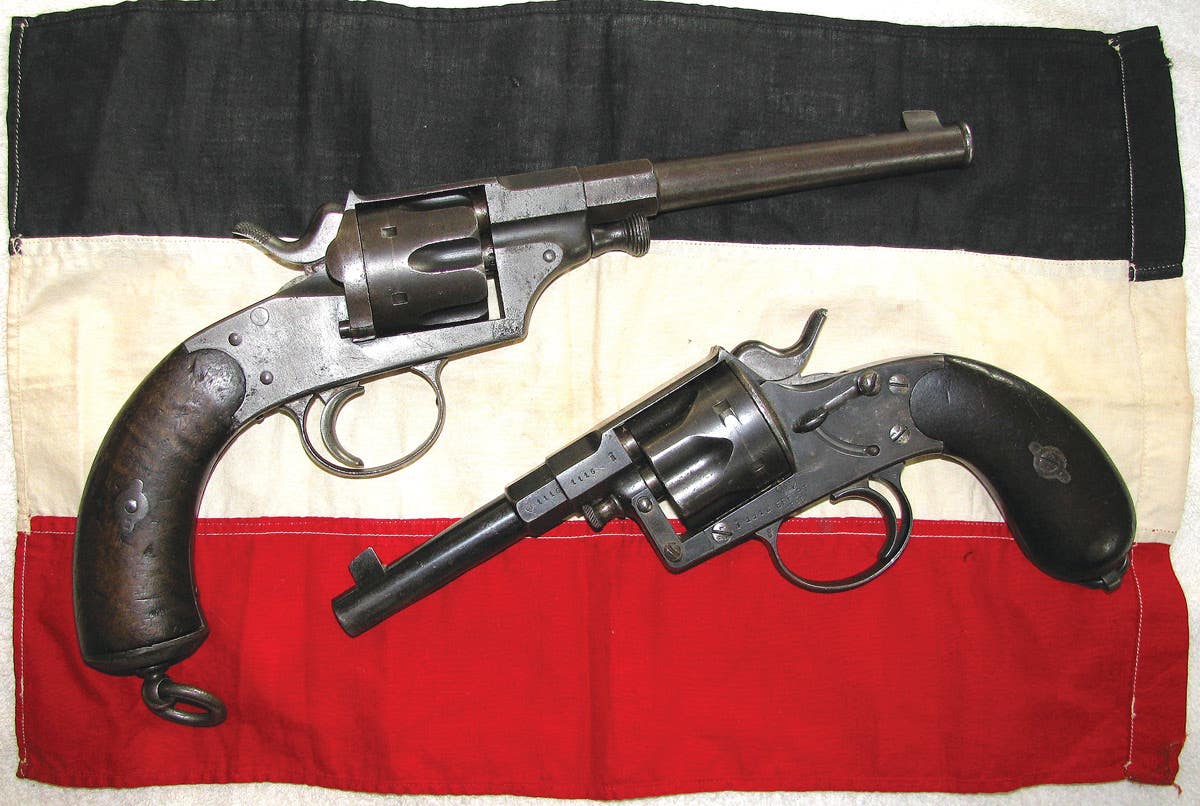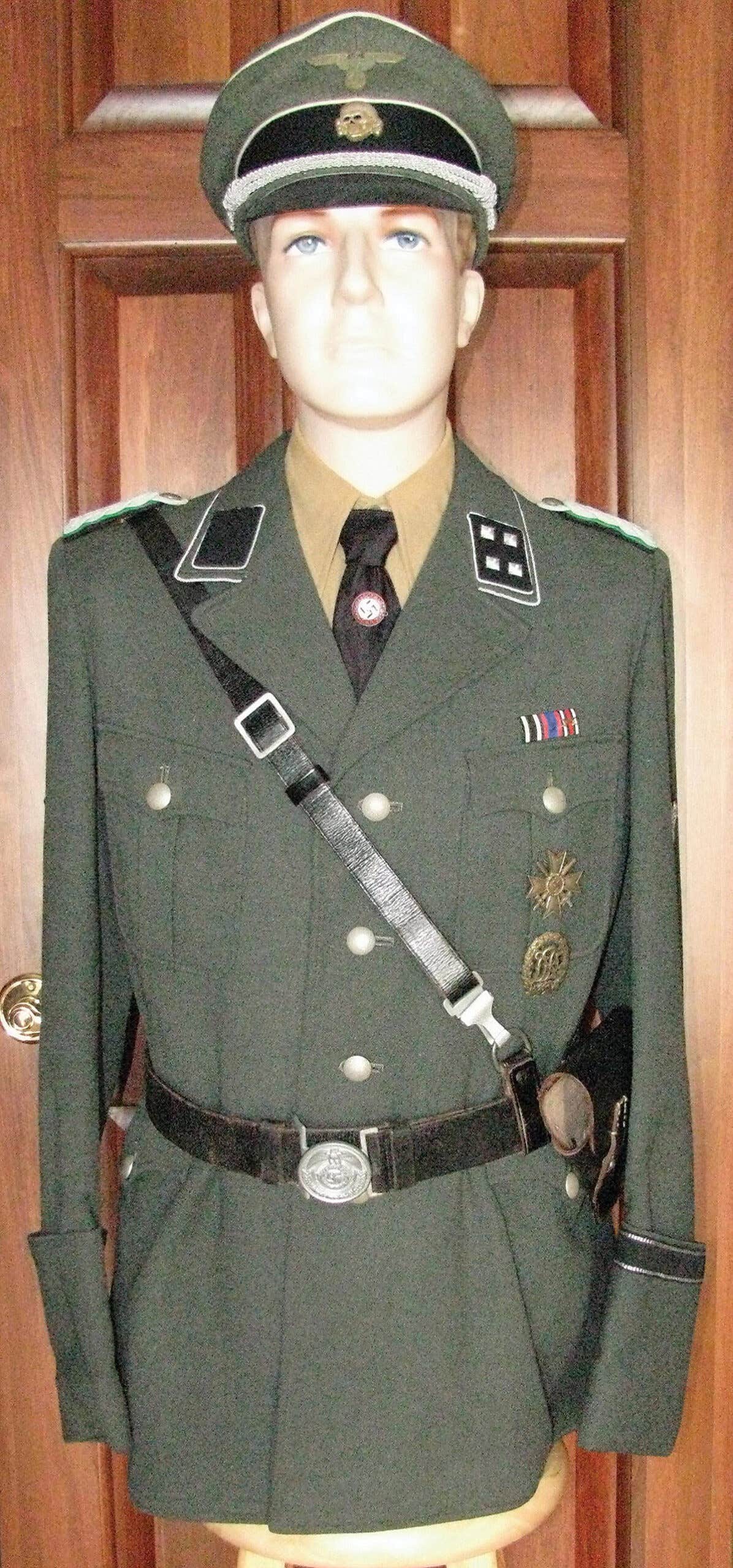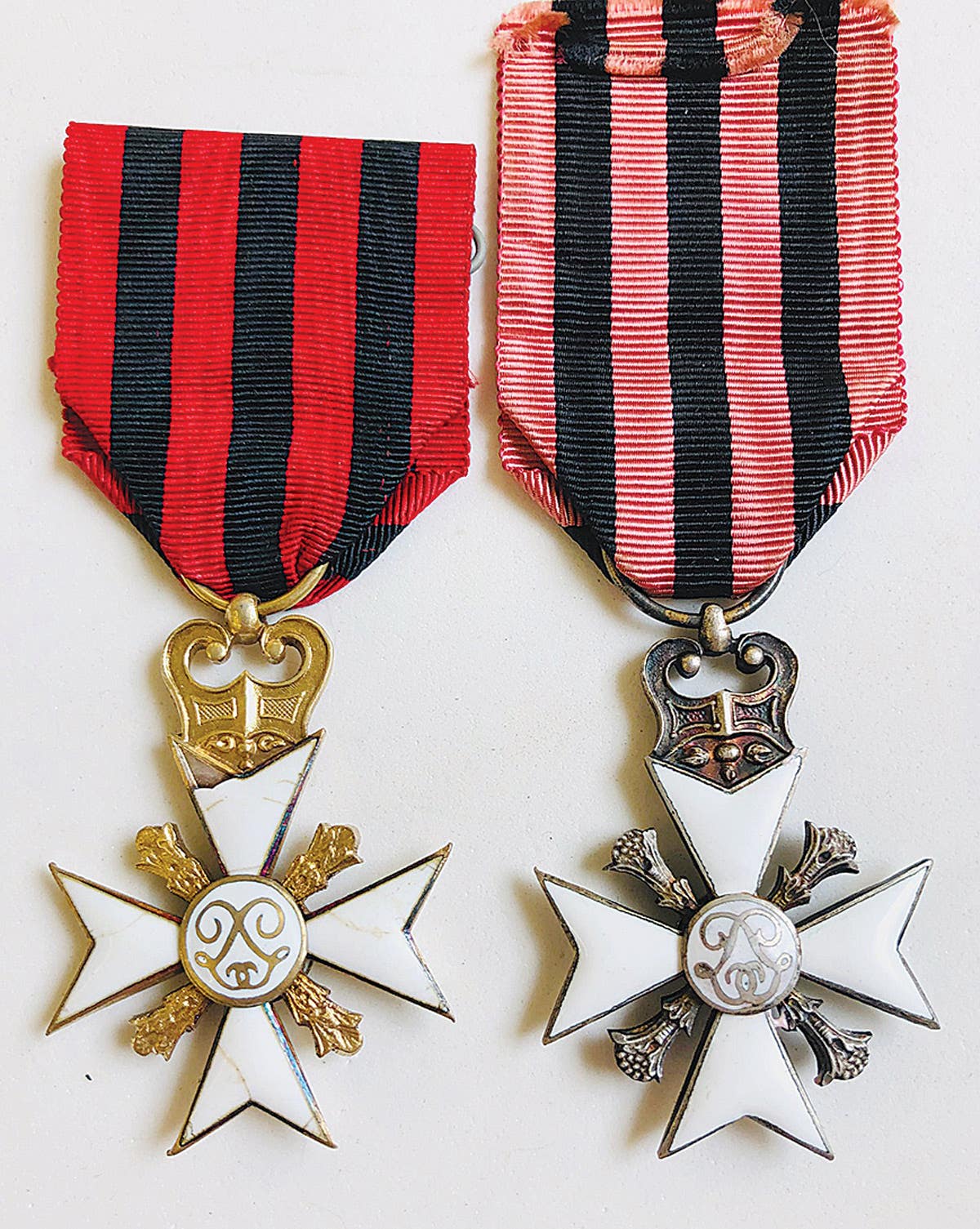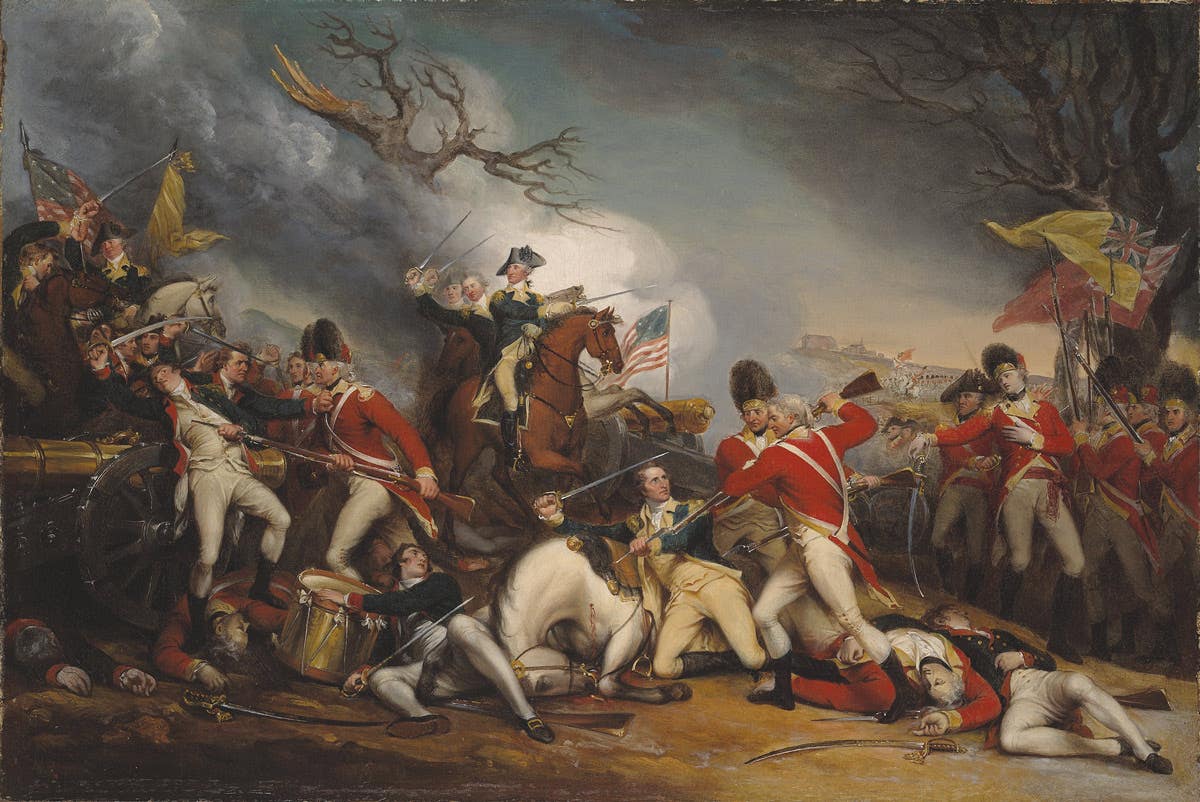The Sam Browne Belt
Gen. Pershing loved it. Chief of Staff Gen. March hated it. It was the Sam Browne belt, named after the round bellied British officer who created it.
By Fred L. Borch and Robert F. Dorr
In this 1919 photograph, Gen. John J. Pershing
wears the one-strap Sam Browne belt.
National Archives
Between World Wars I and II, the Sam Browne belt was part of the official Army uniform. It was a doubly unique item of soldier equipment because it was adopted directly from the British and it was for commissioned officers only.
When Gen. John J. Pershing’s American Expeditionary Force arrived in France in 1917, officers worked — and fought — in their olive drab (or “O.D.”)-in-color service uniforms; there was no separate or different uniform for combat like today’s Battle Dress Uniform, Desert Combat Uniform or Army Combat Uniform.
While there were pockets on the officer uniform coat (allowing small items to be carried), there was no good way for these men to carry pistols and other accoutrements like first aid kits and ammunition pouches, other than in their hands, which needed to be free.
Consequently, when American officers saw their British counterparts wearing a distinctive leather belt with one cross strap over their uniform coats, they immediately realized its usefulness. It was not only handsome but, because the strap crossed over the shoulder, allowed items to be carried without falling or sagging.
In his book "The Doughboys" (Harper & Row, 1963), Lawrence Stallings writes that the designer of the belt was in fact a “round bellied British general” named Gen. Sir Samuel J. Browne. Browne, who had only one arm (he had lost an arm fighting in India), added a shoulder strap to the leather belt he used to carry his sword, pistol, binoculars and map case.
This shoulder strap served two important purposes for Browne: it allowed him to easily access his equipment with his lone arm, and it took the pressure off his waist. But American officers who began wearing the belt — unofficially at first — found that the belt also forced them to keep their stomachs in and stand more erect, thereby enhancing military bearing. Pershing liked the arrangement as well and, after he began wearing it, the belt became a standard piece of equipment for officers serving with him in Europe.
THE “LIBERTY BELT”
The belt was popular with many officers, and quickly acquired the nickname “Liberty Belt.” Its wear was officially authorized by Pershing as an article of equipment for officers on duty in the American Expeditionary Force. This explains why Army Bulletin No. 70, published on December 13, 1917, announced that officers “when ordered to duty in Europe” could now purchase U.S.-made “Liberty belts” at ports of embarkation, for “approximately $7.00.”
But, while Pershing favored the Sam Browne and wore it himself, Army Chief of Staff Gen. Payton March disliked it intensely. On October 24, 1917, Army Bulletin No. 62 announced that “it has been observed that some officers are wearing a belt known as the Sam Browne belt” and as “there is no authority for wearing of this belt within the limits of the United States…it will not be worn.”
As Army officers soon learned when they stepped off transport ships returning from Europe, they were required to take off their Sam Brownes or have them confiscated by provost guards. This caused considerable heartache and much complaining. As one officer explained in an article in The Stars and Stripes newspaper (“Sam Browne Belt Barred in States,” January 3, 1919), the main objection to the order was that it required the purchase of a new uniform:
“If I cannot wear my Sam Browne when I get home, I shall have to buy another uniform to be at all presentable. When I am shorn of my Sam Browne, a streak of paler O.D. [Olive Drab cloth] is visible around my shoulder, down my back, and across my chest. It is exactly what happens when you take a lithogravure off your sitting room wall…you take it down and it exposes a great rectangle of unfaded wall paper.”
While the majority of officers liked the Sam Browne, and were loath to give it up for both emotional and practical reasons, some were in agreement with their chief of staff. Stallings writes in The Doughboys that Secretary of the Army Newton Baker, coming home on an Army transport ship at the end of the war, witnessed a ceremony where some Army officers gathered on deck and, in a ceremony led by a major general, threw the belts overboard before they set foot on U.S. soil.
SAM BROWNE FINALLY AUTHORIZED
It is not clear when the Sam Browne was officially authorized for wear by all Army officers in every location, but when the Army published new uniform regulations in 1921, that regulation announced that “all officers” were to “wear the Sam Browne belt at all times when not in quarters.” Since Pershing had replaced March as Army Chief of Staff in 1921, the new mandatory wear of the Sam Browne was no surprise to officers then on active duty.
When worn with a single shoulder strap, the strap passed over the right shoulder and was attached to the belt on the left side. When an officer wanted to attach his pistol, leather magazine pouch, canteen and first aid packet, however, he could attach a second cross strap to the Sam Browne, which passed over the left shoulder and was attached to his belt on the right side. Unless on field duty, however, most officers wore a single strap Sam Browne.
During World War I, the buckle and other metal part of the Sam Browne had a dull bronze finish. When the Army published new uniform guidance in 1921, Army Regulation 600-35 required the brass fittings on the Sam Browne to have a bright finish. Consequently, officers who wanted to keep their old belts were required to remove the dull finish and polish it until it shone brightly.
The Sam Browne remained a part of the Army officer uniform until 1941, when it was discarded because the new World War II officer uniform coat had a cloth belt. However, photographs of officers taken after 1941 show that some officers continued to wear it.



